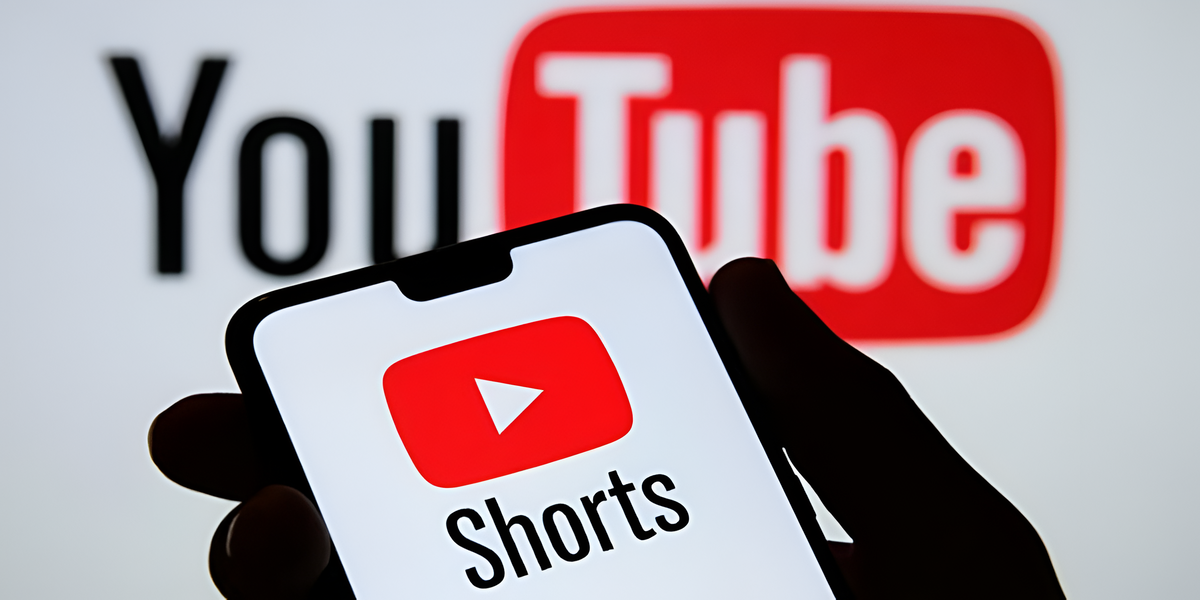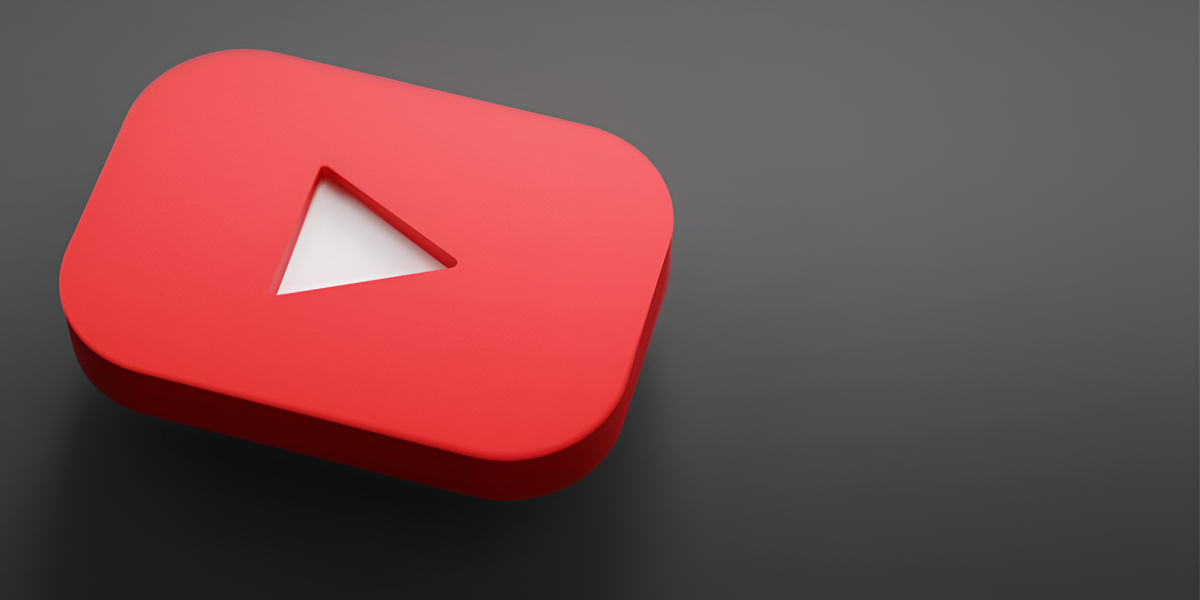A recent study suggests it’s not too much blue light short wavelength light is perceived as blueThis also affects sleep.
(Read more: Learn techniques to fall asleep fast and rest, scientifically proven).
The function known as ‘night mode’ is available on most current smartphones and automatically adjusts the colors of the display to warmer tones.
In addition to providing a more enjoyable viewing experience, it also promises not to interrupt your sleep by eliminating sleepiness. blue light emitted by electronic devices such as mobile phones.
So does blue light really have an effect on our sleep? Researchers from the University of Basel in Switzerland and the Technical University of Munich in Germany suggest that this is not the case.
(Continue reading: What habits prevent you from sleeping well?).
In a recent study published in the scientific journal ‘Nature Human Behavior’ they claim: Light Color May Not Significantly Affect Circadian Rhythm in humans or sleep quality, contradicting previous research.
The process of vision is extremely complex and involves both the rod and cone photoreceptors of the retina, which convert light into electrical signals that the brain interprets as images. Cones provide clear, color vision in good lighting conditions, while rods are responsible for detecting shades of gray in low light conditions.
Additionally, there are specialized ganglion cells in the retina that respond strongly to short wavelength light.about 490 nanometers perceived as blue) plays an important role in regulating the sleep-wake cycle.
(You may be interested in: How to go back to sleep if you wake up in the middle of the night: tips for falling asleep).
However, photosensitive ganglion cells also receive information from cones. This raises the question of whether the color of the cones and therefore the light also affects the biological clock.
The first author of the study is Christine Blume and Member of the Chronobiology Center of the University of Basel: “The most notable changes in light intensity and color occur at dawn and dusk, which mark the beginning and end of the day.”
To test this hypothesis, a group of researchers exposed 16 volunteers to blue, yellow, and white light stimuli, resulting in equivalent stimulation of photosensitive ganglion cells in all conditions. Any discrepancy in the effect of light was attributed to cone activation and light hue.
(You may see: Sleeping problems? Read this prayer to sleep peacefully at night).
According to Manuel Spitschan, professor of chronobiology and health at the Technical University of Munich, “this light stimulation approach allows us, in a completely experimental way, to: Isolate the properties of light that may affect its effect in humans”.
The researchers evaluated a variety of variables, including changes in the participants’ circadian rhythm, sleep onset, depth of sleep, feeling of fatigue, and speed of responding under different lighting conditions.
The results showed that changing the color of the light had no significant effect on the participants’ circadian rhythm or sleep. Instead, the following was confirmed: Photosensitive ganglion cells played a crucial role.
(You may like: Insomnia: The health effects of sleeping less than five hours a day).
This finding contradicts research showing a negative effect of blue light on sleep in mice, thus supporting the importance of photosensitive ganglion cells in human circadian rhythms.
According to Spitschan, “Our findings suggest that it is probably very important to consider the effect of light on photosensitive ganglion cells when planning and designing lighting. The cones and therefore the hue of the light play a secondary role”.
As for the night mode of mobile phones, researchers said it was still effectivebut not due to the change in light color.
(Stay watching: Learn to sleep quickly and healthily: advice from medical experts)
In addition to giving the device’s screen a warmer tone, night mode also reduces the amount of short-wavelength light, which is exactly what affects ganglion cells and affects sleep.
However, researchers point out that although this technology has not yet been incorporated into commercial mobile phones, it is possible to reduce the ratio of short wavelengths without changing the colors of the display.
The team emphasizes that the study results are preliminary and additional research is required. determine whether light color tone affects sleep under various conditionssuch as long exposures and different times of the day.
– Why does sleeping less than 5 hours increase the risk of depression?
– How the things we think about before sleep affect sleep quality, so you can change them
– This way you can train your mind to rehearse positive versions of your nightmares.
*This content was rewritten with the help of artificial intelligence, based on information published by O Globo, and reviewed by the journalist and editor.
Source: Exame













